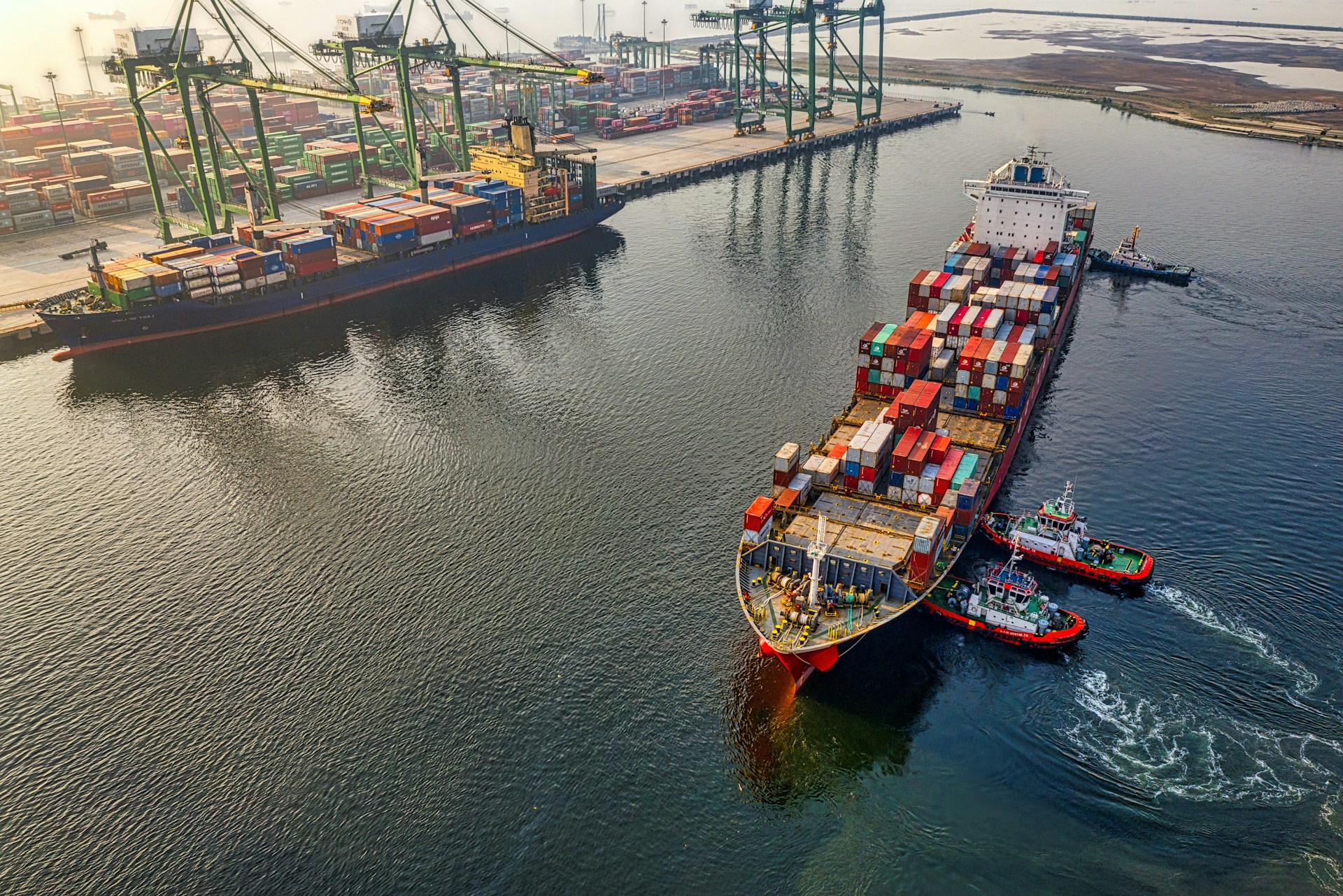International trade finance plays a key role in simplifying trade between importers and exporters who work collaboratively from different corners of the world. A key benefit of trade finance is that it reduces the payment and supply risks between exporters and importers by introducing a third-party finance partner.
Export finance can be availed via multiple tools like the issuance of letters of credit, bank guarantee, lending, forfeiting, export credit, debt factoring, and such. These financial tools help exporters make international business transactions, reducing the hassles or risks that usually accompany them such as currency fluctuations, different global regulations, political instability, issues of non-payment, or the creditworthiness of one of the parties involved.
To best leverage the benefits of international trade finance, it is important to be well-acquainted with the tools that are designed to facilitate it. In this blog, we will explore the purpose and the types of letters of credit.
What Is A Letter Of Credit?
Widely used in the international trade industry, a letter of credit is issued by a bank or a financial institution on the behalf of the buyers. It is a tool drafted to guarantee that the seller will receive payment in exchange for the products and services delivered to the buyers. If the buyers are unable to make the payment due to some unforeseen circumstances, the bank or the financial institution is to pay the seller, according to the terms and conditions stated in the letter of credit.
Owing to a host of advantages, letters of credit play a key role in today’s global trade transactions. The key benefit is that letters of credit can be customized in a way that the terms best serve the requirements of both parties involved. In addition, they can establish a strong sense of security among buyers and sellers involved in a project. The transactions can be made in an organized manner and within the set timelines. Different types of letters of credit are used, depending on the kind of transaction that has to be made, as well as the amount.
Types of Letters of Credit
- Commercial letters of credit:
This type of letter of credit is also referred to as an import/export letter of credit. Commercial letters of credit are of key importance in global trade as they serve as a direct payment method. Here, the issuing financial institution makes payments to the seller immediately, once the application is reviewed and approved.
- Standby letters of credit:
Unlike commercial letters of credit, standby letters of credit are secondary payment methods. Here, the financial institution has to pay the seller only if the buyer cannot. If a transaction does not go through as expected, the institution intervenes. It compensates the seller in case the buyer cannot make payments.
- Revolving letters of credit:
These letters of credit come with a specific benefit; they can be used to make a series of payments. They allow one to make any number of draws within a certain limit. There is usually an expiration date, often one year. These letters are frequently used among businesses that work together on multiple projects for long periods.
- Revocable letters of credit:
With these letters, sellers can legally modify or cancel certain terms related to transactions at any time, without the consent of the buyers. These letters are not common as most buyers do not agree to them, and the UCP has no provision for them.
- Irrevocable letters of credit:
Given that there are fewer risks involved, irrevocable letters of credit are more common than revocable ones. They state that no modification or cancellations can be made without the consent of all parties involved. Irrevocable letters of credit can either be confirmed or unconfirmed.
- Confirmed Letters of credit:
These letters require that another financial institution, other than the original issuing institution, guarantees the letter of credit. The second institution is the confirming institution, usually one that the seller trusts. Here, the confirming institution makes the payment if both the buyer and the letter-issuing institution fail to do so.
How Does It Work?
No matter the type, every letter of credit has to be drafted as an official document. Both buyers and sellers have to agree upon the terms and conditions mentioned in the letter of credit before submitting the final application to the financial institution that will issue it. All the parties involved are expected to thoroughly review the detailed terms in the application concerning the expiration date of the letter, payment cycle, deadlines, amounts mentioned, and such.
Once the application is submitted, the third-party financial institution reviews the buyer’s credit history, assets, and liabilities to verify whether the terms stated in the letter can be met. The institution agrees to provide the letter of credit once they have enough proof to back the buyer’s creditworthiness.
If the buyer is unable to pay the seller, the financial institution has to make the full payment. In case the buyer has made a partial payment, the institution has to pay the remaining amount. Financial institutions usually charge a fee for a letter of credit, which can be a percentage of the total credit that they are backing. The fee amount can differ depending on the institution and the amount they are guaranteeing.
Scale your Business with Tradewind
Expand your export business beyond boundaries with Tradewind Finance, one of the leading international trade finance companies. Our experts are trained to guide you through the best solutions, each one tailored to your requirements. Trade finance companies like Tradewind offer trade finance facilities in multiple currencies, eliminating the risks of currency exchange.
Representatives at Tradewind are multicultural and fluent in over 15 languages, serving clients in more than 30 countries. With an emphasis on eliminating trade risk, Tradewind offers Factoring finance solutions. You also get the flexibility to choose the best avenue:
- Export Factoring via Letter of Credit:
Your buyer opens a letter of credit with us, which guarantees you are paid if the terms and conditions specified in the letter of credit are fulfilled.
- Export Factoring via Payment Against Documents:
If you sell on documentary terms, we will advance the funds and handle the bank collections process.
- Export Factoring on Open Account Terms:
We first inspect the creditworthiness of your buyer and set a credit limit on them. Then, we buy your accounts receivable and pay you generally within 24-48 hours of invoice submission. We handle the management of your accounts receivable and the complete dunning process. In case your customer cannot pay due to insolvency, we will pay you (non-recourse).
We provide flexible financing solutions to companies belonging to diverse sectors – Automobile, Apparel and Textile, Industrial and Mechanical, Food and Beverage, Electronics, Gaming & Media, and more. Aspire to take your business to newer heights? Take the leap with Tradewind today.



